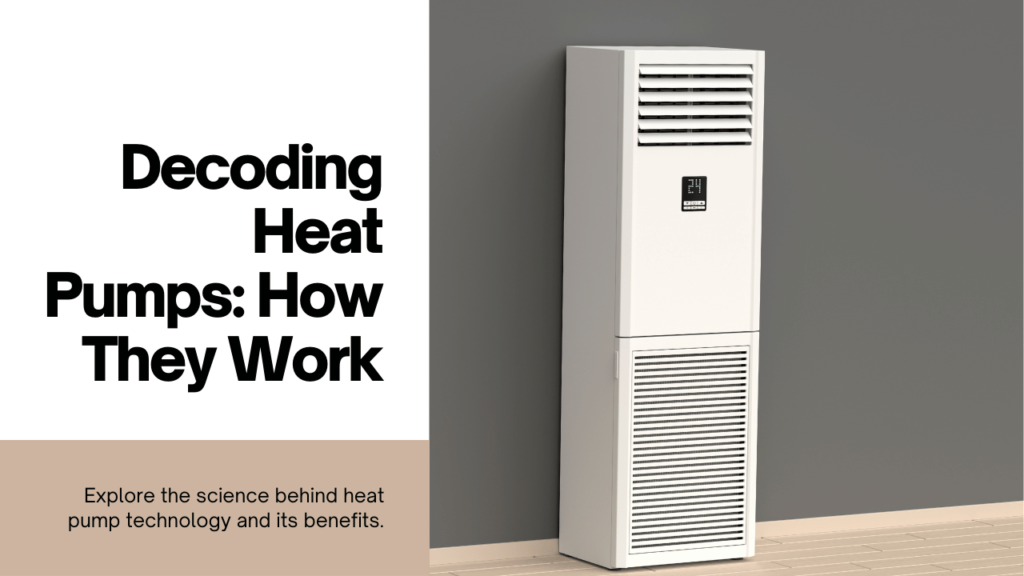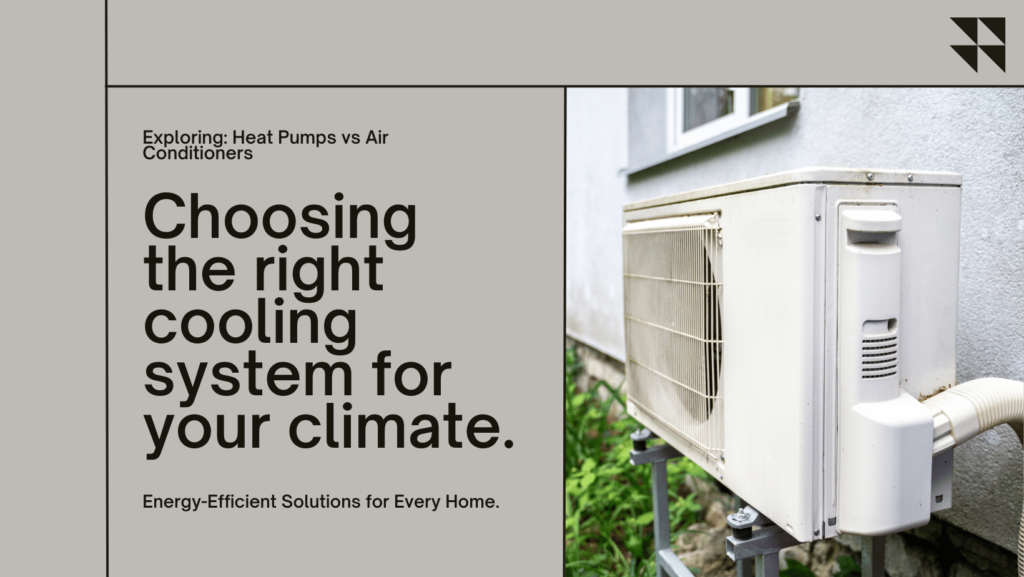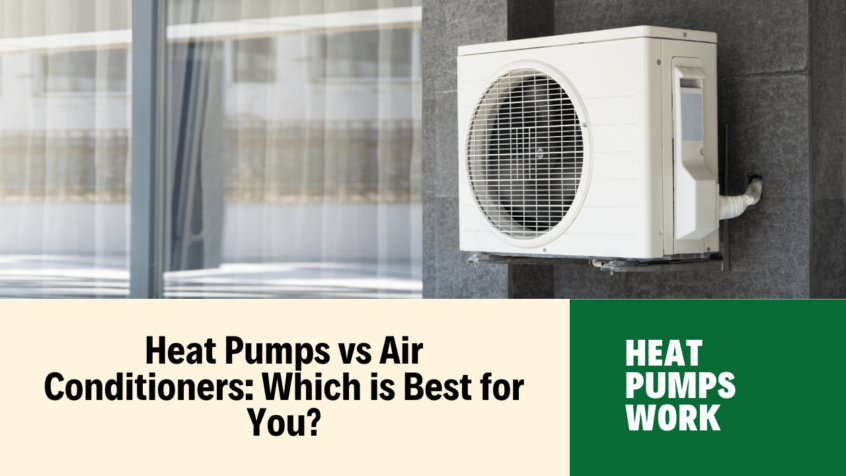Heating and cooling systems are the two central systems used in homes for warming and cooling. Both have energy efficiency as their goal and function to transfer heat from inside of a house to outside or vice versa. This article will first explain the fundamental differences between heat pumps and air conditioners in terms of their operations, efficiency, costs of both systems and their maintenance, and their applicability in various climates.
How Heat Pumps Work
Heat pumps transfer heat rather than produce it and are energy-efficient, cost-effective, and environmentally friendly. These are similar to refrigerators, but in reverse, they contain a compressor and refrigerant that takes heat from one location to another.

In the heating mode of operation, heat pumps draw heat from the outdoor air and transfer it inside. They are, in fact, heat pumps: even sub-zero air has some heat which the device extracts and blows indoors. In cooling mode, they work like an air conditioning system, suck heat from inside the building, and release it outside.
How Air Conditioners Work
Air conditioners also employ a compressor and a refrigerant or a refrigeration cycle similar to that in heat pumps. But they only work in one direction – the heat is pulled from the indoor air and delivered to the outside environment. Therefore, it requires another system to be used in providing winter heating.
Efficiency Comparison
Heat pumps are typically more efficient for both heating and cooling as compared to standalone air conditioning units.
There are two key reasons:
– Heat pumps convert the heat that is already in a system. Therefore, they do not need to generate heat through the combustion of natural gases or the conversion of electrical energy. They use electric power but not in the same way as a heater would, instead they use it to run a compressor.
– It means that a single system will work to warm the room as well as cool it down in case it gets too hot. A furnace and an air conditioner separately consume more energy as compared to a single hybrid one.
Air source heat pumps, when correctly sized and installed, offer higher SEER and HSPF values than the comparative air conditioner and furnace.
Cost Comparison
They also stated that initial costs for equipment and installation costs are higher for heat pumps than for air conditioning/heat pumps and furnaces. However, in the long run, heat pumps are the cheapest because they require less electrical power to do their work. Still, heat pumps are often more expensive to install than other home heating and cooling systems. Still, many homeowners report breaking even on the extra cost within 5-10 years.
Maintenance
Other types such as air conditioners and furnaces demand more frequent maintenance than heat pumps since they have many parts that undergo wear and tear. Most of the maintenance work that can be done for the heat pump entails cleaning or replacing air filters. Refrigerant must be added to air conditioners, and sometimes, other parts such as capacitors need to be replaced. Annual check and maintenance are necessary for furnaces.
Climate Considerations
However, this system, which is known as a heat pump, has the disadvantage of performing poorly in very low temperatures. Some systems have additional electric resistance heat that may be used if the outside temperature falls below a certain point. Heating systems also ensure air conditioners and furnaces retain their ability to cool in cold weather.

But the new designs of the cold climate heat pumps have been manufactured to deliver efficiency even at a temperature of -13°F (- 25°C). They are appropriate for almost any climate but best avoided in frigid climates such as the Arctic or high mountains. Conversely, air conditioners face the issue of not being capable of adequately cooling during extremely high temperatures.
Conclusion
In regions with moderate temperatures, heat pumps are more efficient and cheaper for heating and cooling than any other system. Their only real drawback is higher cost, as compared to the conventional systems of civil engineering. They are cheaper in the short run where the acquisition of the air conditioners and furnaces is concerned. Still, they are costly in the long run where operating and maintenance costs are concerned. It is also worth noting that heat pumps are not suitable everywhere; for example, simple air conditioners and furnaces are more suitable in cold northern or hot southern regions due to the climate. However, owing to the advancements in technology heat pumps are applicable in more and more areas.

